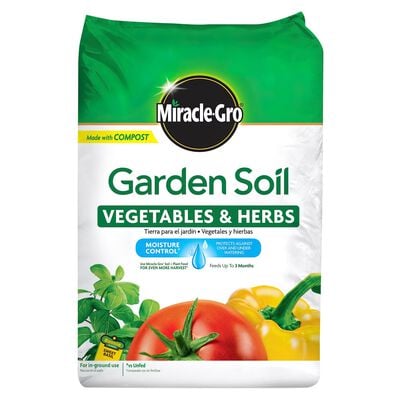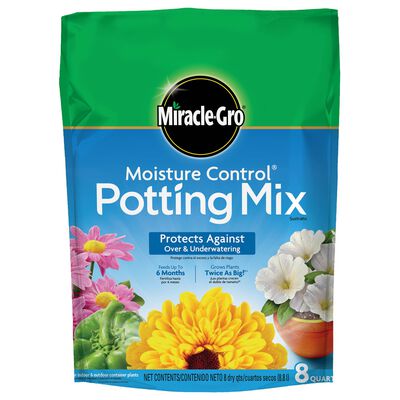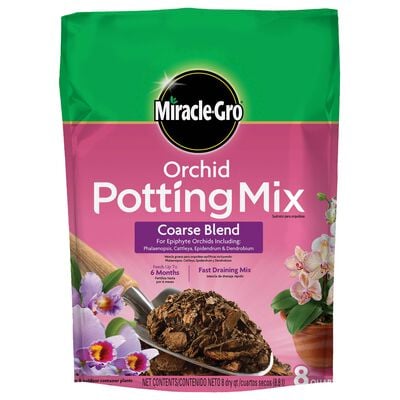
How to Choose What to Grow
Take the guesswork out of your garden planning with this easy advice for choosing what to grow.
Sometimes, the hardest thing about gardening is deciding what to grow. With edibles, of course, the choice usually comes down to taste. But with other landscape plants, it can be a little trickier. No matter what you're planting, you can't go wrong if you focus on three main keys to success: available sunlight, soil type, and climate.
First, look at your planting area. Does it get at least 6 hours of direct sun per day? If so, consider it sunny; if not, consider it shady.
Next, look at your soil. Every plant prefers a certain type. Cacti, for instance, do best with a porous, sandy, well-drained soil. Blueberries need acidic soil. Prairie native plants, like false indigo, can break through heavy clay soil. Find out what kind of soil you have by taking a soil test, either using a soil test kit (these can be found online) or through the experts at your regional Extension office. A great way to make overall soil improvements is to mix 3 inches of Miracle-Gro® Performance Organics® All Purpose In-Ground Soil, or a specially formulated garden soil such as Miracle-Gro® Garden Soil for Vegetables & Herbs, into the top 6 to 8 inches of your existing garden soil.
Climate is another aspect to consider when deciding what to plant. A citrus tree that craves heat won't thrive in frigid Minnesota, and tulips that need a cold winter aren't the right choice to fill south Florida yards each spring.

To discover which plants fit your specific growing conditions, research online and visit public gardens to see what kinds of varieties they grow. Or, visit your local garden center; these shops often arrange plants by how much light they need, which makes choosing sun- or shade-loving plants easy.
Here are a few plant types that suit some common growing conditions:
- Shade - ferns, hydrangeas, sweet woodruff, hostas, azaleas
- Sun - fruit trees, vegetables, daylilies, roses, ornamental grasses
- Heat - angelonia, coneflowers, sage, oregano, prairie natives, cactus
- Pots - annual flowers, bush-type edibles, herbs, perennials
Technically speaking, you can grow almost any plant you want as long as you create the conditions that particular plant needs. For instance, if you want to grow hostas and have a sunny yard, grow them in pots on a shady porch, or build a pergola to filter sun and create a shade garden. If you're longing for a Meyer lemon tree but live in a region with harsh winters, plant it in a container and bring it inside once the weather turns cold. If you want to grow vegetables and herbs, consider starting with Bonnie Plants (instead of seeds). Not only will these strong young plants bring you that much closer to harvest time, but the Bonnie Plants you purchase locally are grown in your region, so you know they're right for your climate.

In fact, growing in containers is a great way to create custom growing conditions. Not only can you move them around to get more (or less) sunlight and choose to keep them indoors or outdoors, but you can also customize your soil. Use Miracle-Gro® Moisture Control® Potting Mix to help protect against over- and under-watering, or choose a potting mix specially designed for what you plan to grow, such as Miracle-Gro® Orchid Potting Mix Coarse Blend or Miracle-Gro® Cactus, Palm & Citrus Potting Mix.
No matter what you're growing, a month after planting, you'll want to begin giving your plants a boost of nutrition with Miracle-Gro® Performance Organics® All Purpose Plant Nutrition. Or, you can choose a plant food developed for the specific plants in your garden, such as Miracle-Gro® Performance Organics® Edibles Plant Nutrition. (Follow the directions on the label.)
The bottom line on choosing what to grow depends on how much elbow grease you're willing to invest to keep plants happy. You can push the envelope to see how much plants can take outside their comfort zones, or aim for sure success by creating just-right conditions.


